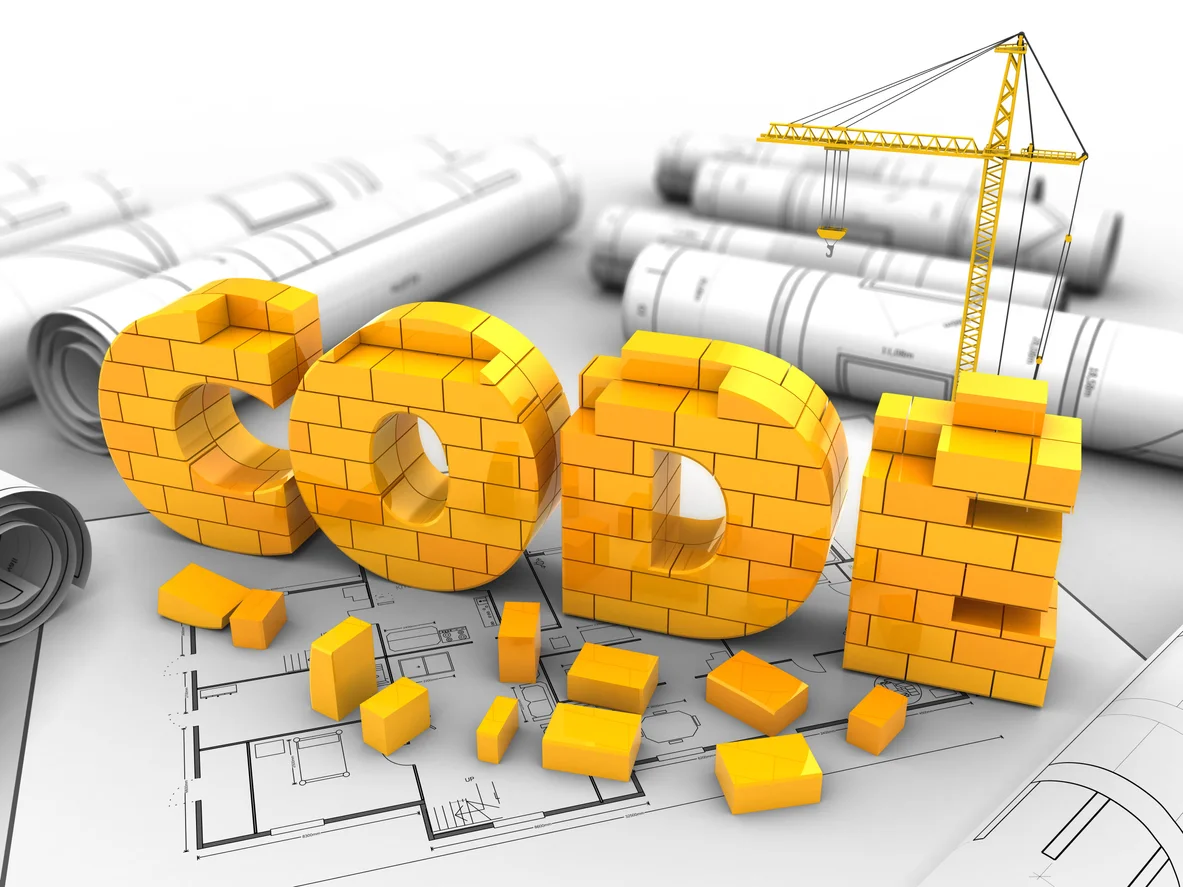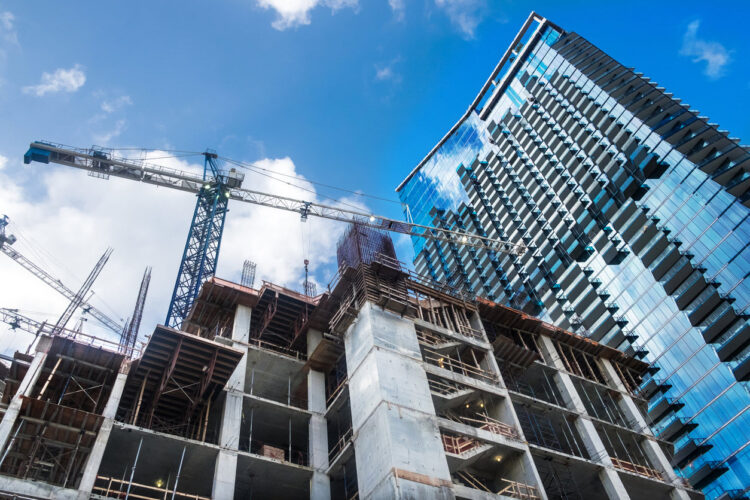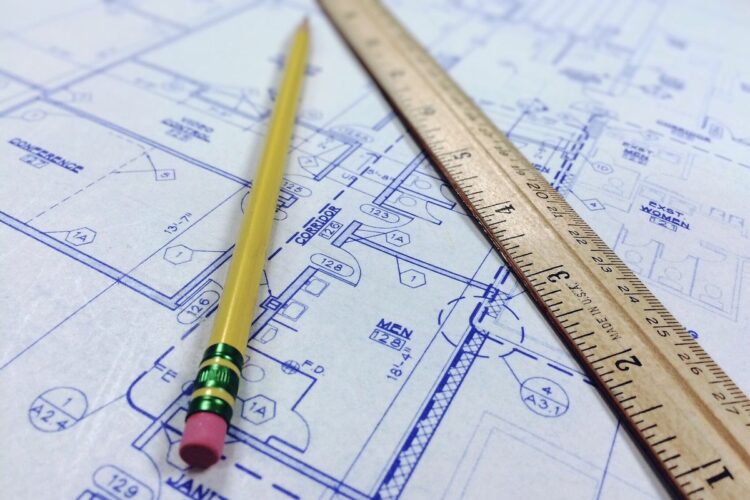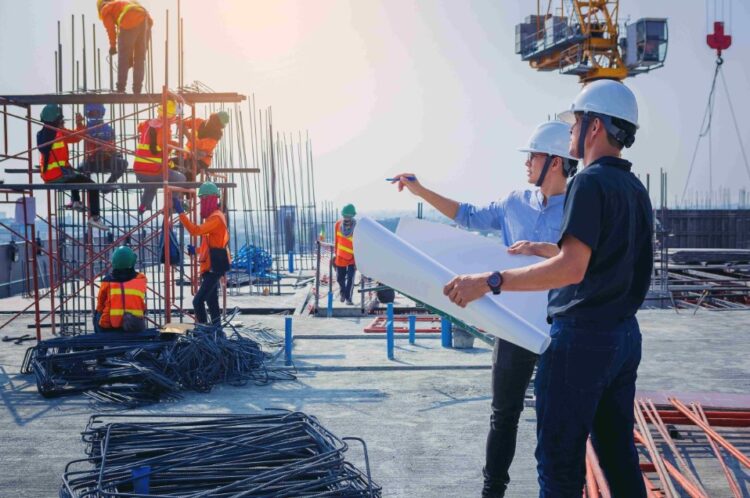In modern urban settings, the structural integrity and safety of buildings are the result of meticulous adherence to building codes. These sets of regulations are the bedrock upon which architects, engineers, and builders establish the security and resilience of every edifice.
The importance of building codes cannot be overstated, as they encapsulate years of accumulated knowledge and lessons learned from past catastrophes. Their role is fundamental in averting potential construction mishaps that risk human lives and lead to considerable financial losses.
As we explore the complex relationship between the built environment and public safety, we recognize that these codes are not merely recommendations but essential mandates that shape the industry’s modus operandi.
Their enforcement, however, tells a different tale, with varying degrees of compliance impacting the quality and safety of construction projects globally. It is this interplay between lax adherence to building codes and the unsettling frequency of construction-related accidents that this discussion aims to explore further.
The faintest deviation or oversight can have a domino effect, culminating in incidents that pose grave risks to workers and occupants alike. In the forthcoming examination, we will investigate how the stringent application of building codes serves as a deterrent against negligence and corner-cutting in construction projects.
By analyzing the responsibility embedded within these codes, the intention is to uncover how they are instrumental in not only guiding but also enforcing the responsible design and construction of the infrastructures that house our daily lives.
Building Codes Defined ─ The Blueprint of Construction Safety

Building codes are a set of regulations that outline the standards for the construction and design of buildings and structures, ensuring safety, health, and welfare for the public. They serve a critical purpose by setting strict guidelines for fire safety, structural integrity, energy efficiency, and overall durability of buildings.
Typically developed by government agencies, expert consensus, and industry professionals, these codes undergo continuous refinement through a rigorous process that reflects the latest in technological advances, safety research, and best construction practices.
Local, state, or national government bodies are responsible for adopting and administering these codes, ensuring they are current and effectively enforced. Building code regulations encompass a variety of requirements, including the correct use of building materials, implementing safe electrical systems, maintaining adequate exits and fire escapes in case of emergencies, and proper sanitation systems.
By adhering to these regulations, the construction industry strives to mitigate hazards and provide environments that are safe to inhabit, which is the ultimate objective of building codes.
Foundation Failures ─ The Risks of Ignoring or Inadequately Enforcing Building Codes

Ignoring or inadequately enforcing building codes often sets the stage for construction accidents that can have devastating consequences in which a Lake Charles personal injury attorney is required.
One of the cornerstones of safe construction practices is adherence to established building codes, which are designed to ensure the structural integrity of buildings and the safety of individuals working on and around them.
When these codes are disregarded—either due to cost-cutting measures, tight deadlines, or a lack of oversight—disasters can and do occur. Foundation failures are among the most catastrophic outcomes, potentially leading to partial or complete collapses of structures.
Non-compliance with building codes may stem from a desire to save time or reduce expenses, but it frequently reflects a systemic problem involving insufficient regulatory oversight or corruption that allows risky practices to slide by unnoticed or unchecked. The aftermath for construction workers can be dire, with injuries or fatalities as grim reminders of the importance of stringent safety measures.
Furthermore, the integrity of the entire project is compromised, often resulting in costly delays, legal battles, increased insurance costs, and the loss of public trust in the responsible parties. These incidents highlight the vital importance of rigorous code enforcement and accountability in the construction industry to protect lives and investments.
The Builders’ Burden ─ The Legal Obligations and Liabilities in Construction

When it comes to the construction industry, firms and contractors are bound by an array of legal obligations, chiefly defined by stringent building codes. These regulations are not just bureaucratic red tape; they serve as the blueprint to ensure safety, sustainability, and structural integrity. Construction entities must meticulously adhere to these codes from the drawing board to the finished edifice.
However, the terrain of construction is riddled with risks and accidents may occur despite numerous precautions. When such unfortunate incidents transpire, the ramifications can be severe. Not only could they lead to tragic injuries or loss of life, but they also expose the construction firm or contractor to legal action, including hefty fines and damaging lawsuits.
Still, diligent compliance with the building codes provides a robust legal shield. It acts as a firm’s first line of defense against the harsh consequences of construction mishaps. By demonstrating that all regulations were followed, companies can significantly mitigate their legal liabilities.
Thus, strict adherence to these codes is not just about following the law; it’s about fostering a culture of safety that protects workers and businesses.
Building Safety ─ Ensuring Protection Through Effective Building Codes
Building codes are an essential protective layer in ensuring the safety of individuals in man-made structures. They are not just recommendations; these codes are binding rules that are thoughtfully crafted—detailing everything from the dimensions of a staircase to the quality of materials to be used—to consistently reduce hazards.
For example, fire regulations mandate the location and kind of fire extinguishers, while structural standards confirm that edifices can endure certain environmental calamities. These components of the code do not stem from chance; they have been developed from historical incidents where failure to adhere resulted in calamities.
To maintain these critical safety benchmarks, continuous education is key. Builders, designers, and engineers must keep informed about the most recent updates to building codes. Stringent measures, including frequent assessments and approvals, confirm that the proper steps are followed.
The diligent application of these codes acts as a silent yet powerful protector against future mishaps, demonstrating that prevention is indeed more advantageous than remediation.
Innovations in Infrastructure ─ How Emerging Building Codes Intend to Enhance Safety

Building codes are the silent sentinels of structural integrity, undergoing constant refinement to integrate new technologies and methods that promise to protect lives and investments. These regulations are continuously updated to reflect the latest in material science, digital monitoring, and design philosophies that collectively elevate standards of safety and resiliency. As we examine case studies, a pattern emerges showcasing instances where modernized building codes have significantly mitigated risks through enhanced safety protocols.
However, progression is not without its hurdles; newer, stricter codes often face considerable resistance, stemming from various factors including increased costs, the inertia of tradition, and the challenge of retraining personnel to adapt to innovative construction practices.
Despite these challenges, the march toward stricter, technology-infused building codes represents a collective commitment to ensuring safer living and working environments for generations to come.
Monitoring and Maximizing Compliance ─ Strategies and Systems for Construction Safety
Ensuring safety in construction requires vigilant monitoring and maximizing compliance with building codes. Key systems in place for such oversight include regular site inspections carried out by certified inspectors, who scrutinize the construction work against the existing codes.
These inspections are critical as they help identify potential violations or hazards early on, allowing for necessary corrective actions. To reinforce adherence, some penalties can range from fines to halting construction, which act as a significant deterrent against code violations. Furthermore, the dynamic nature of construction and building technologies means that codes are regularly updated to reflect new safety standards and best practices.
This transformation highlights the importance of continuous education and training for the construction workforce. Providing workers and management with the latest knowledge on building code updates makes certain that everyone involved is up-to-date, ensuring that safety is not compromised.
Ensuring the integrity of building codes is essential in reducing construction-related accidents. These regulations serve as a vital foundation for maintaining rigorous safety protocols on construction sites, safeguarding workers, and the general public. However, the mere existence of stringent building codes is not enough; their effectiveness hinges on consistent and vigilant enforcement.
Without it, the potential for compliance dissipates, and the risk of accidents increases. As we look to the future, we envisage a construction industry that continues to prioritize safety, with building codes that not only adapt to the changing architectural and engineering milieu but also actively anticipate new challenges and hazards. Technological advancements will likely play a significant role in this progression, as digital tools and automation become increasingly integrated into compliance systems.
These innovations hold the promise of enhancing the efficacy of safety measures, providing real-time monitoring, and ensuring adherence to building codes. As the industry advances, the commitment to construction site safety must remain steadfast, with continuous improvement and innovation guiding our approach to protecting lives and properties.
 Hi Boox Popular Magazine 2024
Hi Boox Popular Magazine 2024



